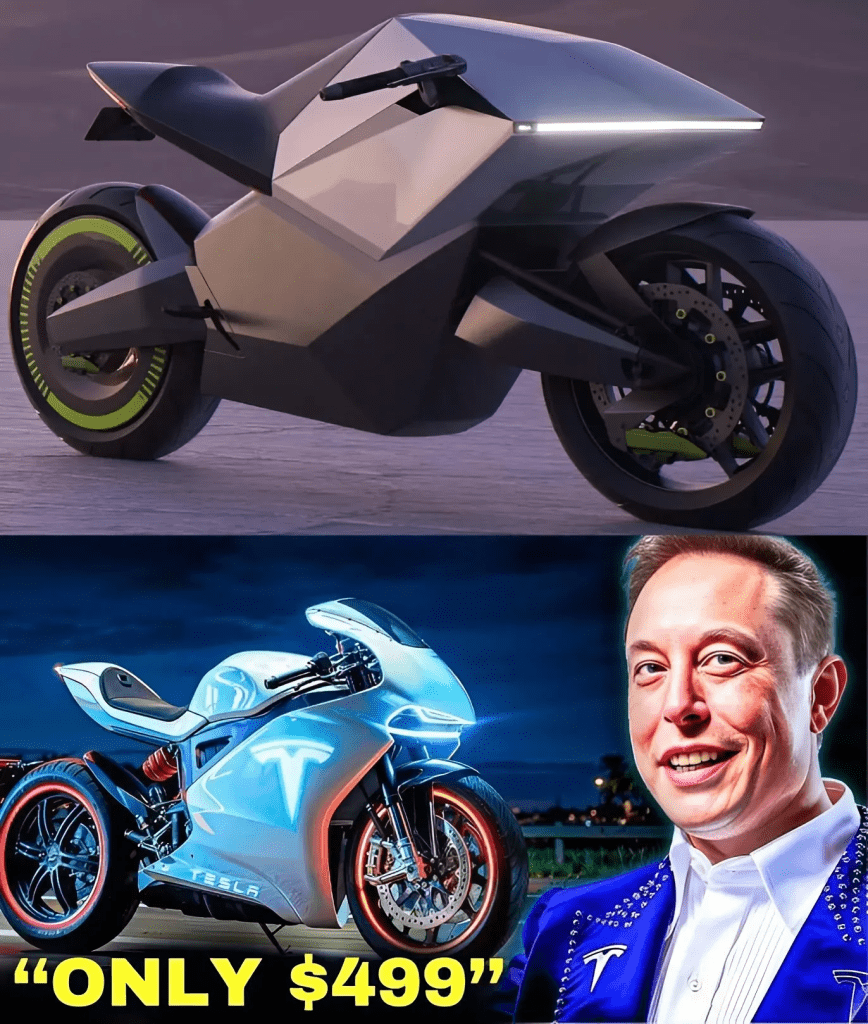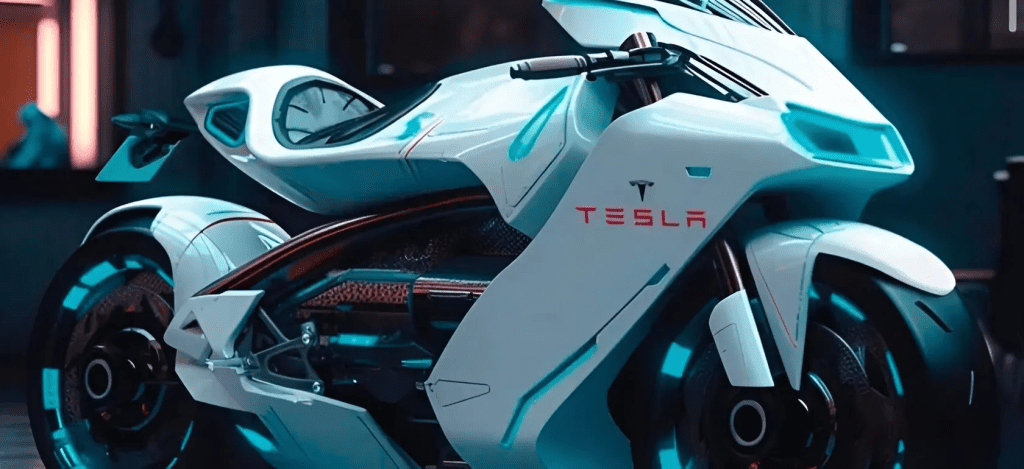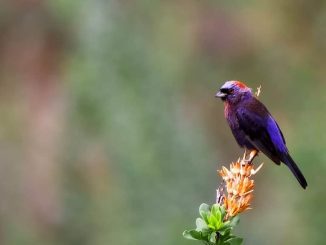Elon Musk has once again taken the world by surprise—this time, by unveiling Tesla’s first-ever electric motorbike. While the company has dominated the electric car market, no one expected Tesla to enter the motorcycle industry. Yet, last week, Musk proved that innovation has no limits.
The electric motorbike, named the Tesla Model M, boasts a futuristic design with an aerodynamic body, high-performance battery technology, and an AI-assisted riding system. According to Musk, the bike is designed to be both thrilling and safe, with self-balancing technology, a collision-avoidance system, and adaptive cruise control.

The Model M’s performance is just as impressive as its design. With an acceleration that rivals high-end gas-powered motorcycles, the bike can reach 0-60 mph in just under 3 seconds. Its long-range battery ensures that riders can travel hundreds of miles on a single charge, making it both powerful and practical.
One of the most exciting features is its Autopilot Mode, which allows the bike to assist riders with navigation and even adjust speed based on road conditions. Musk assured fans that Tesla’s signature software updates would continue to improve the bike’s performance over time.

Reactions to the announcement were overwhelming. Motorcycle enthusiasts, Tesla fans, and even skeptics were eager to see how this new innovation would shake up the industry. Some experts believe that Tesla’s entry into the motorbike market could push other manufacturers to develop more electric two-wheelers, accelerating the shift toward sustainable transportation.
With the Tesla Model M, Musk has once again redefined expectations. If history is any indication, this electric motorbike could be just the beginning of another industry revolution.



